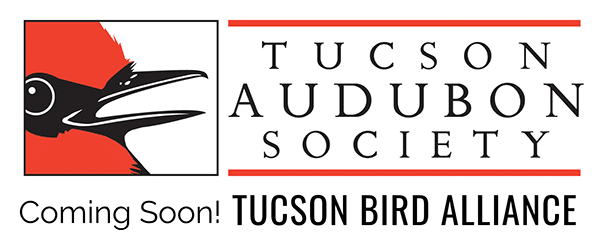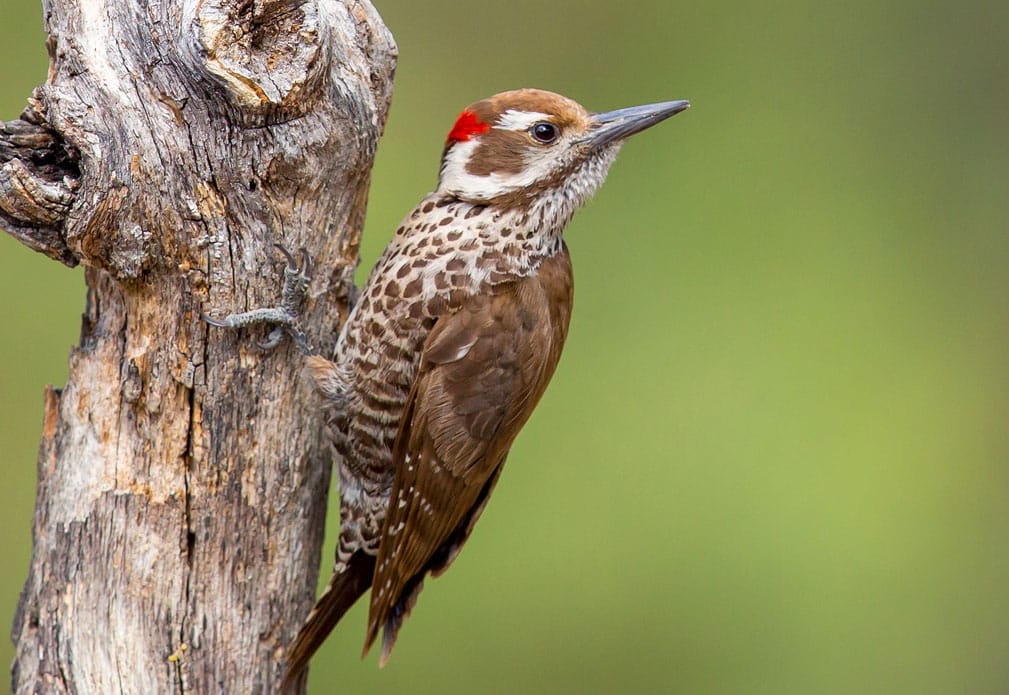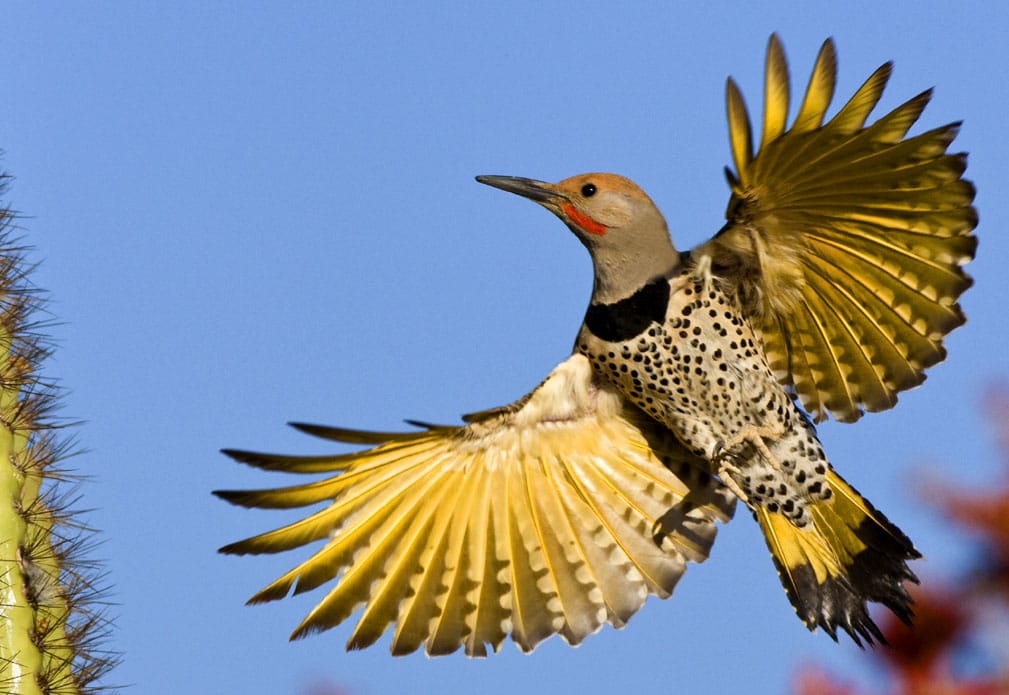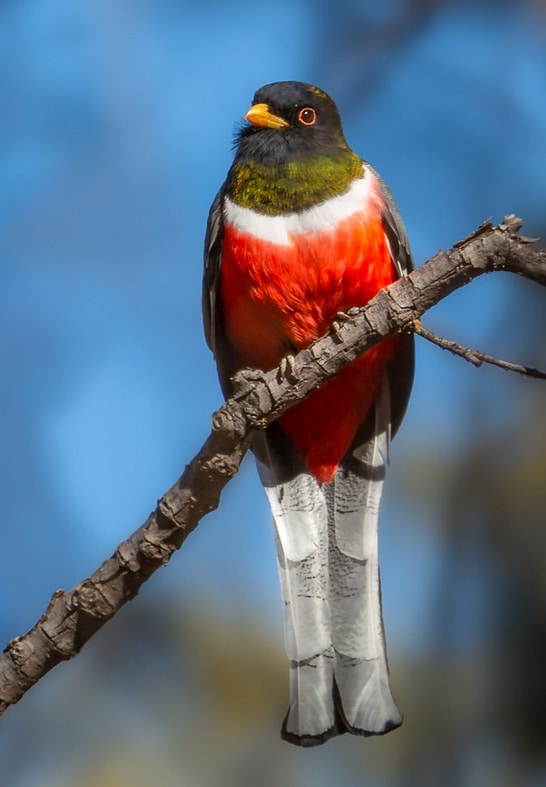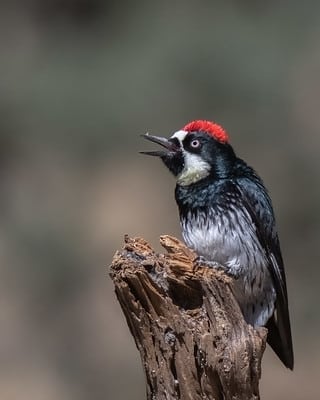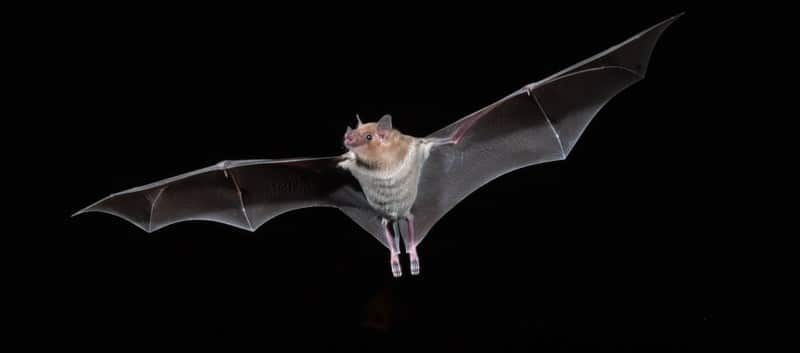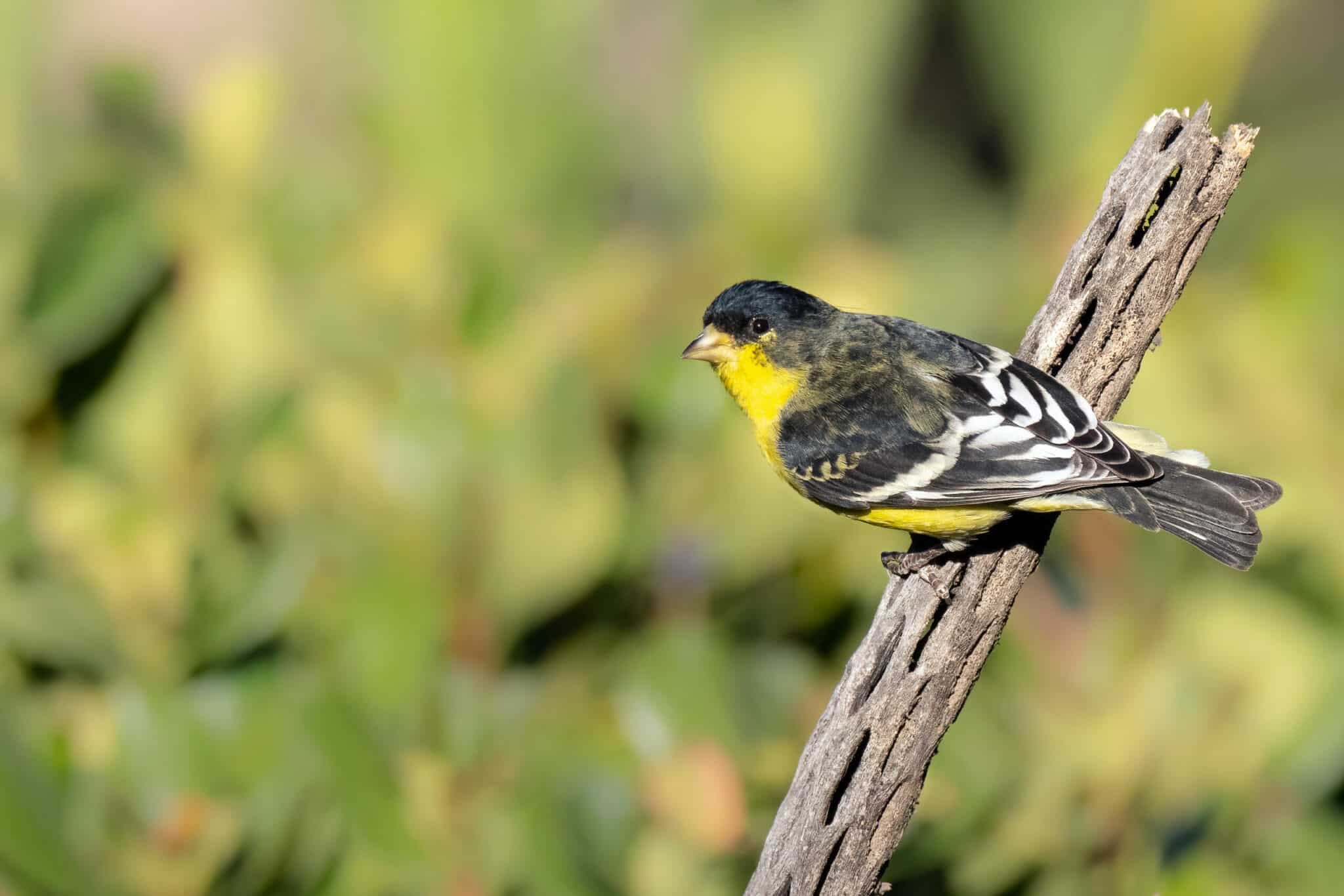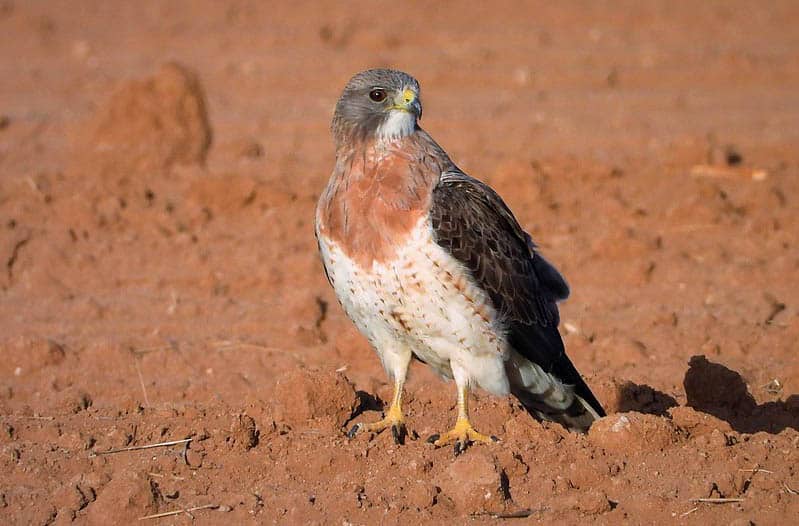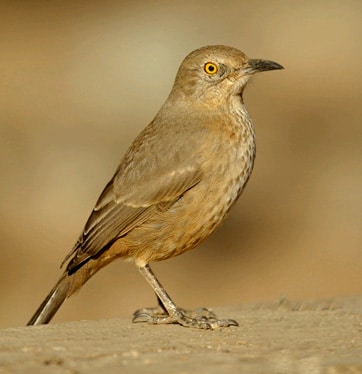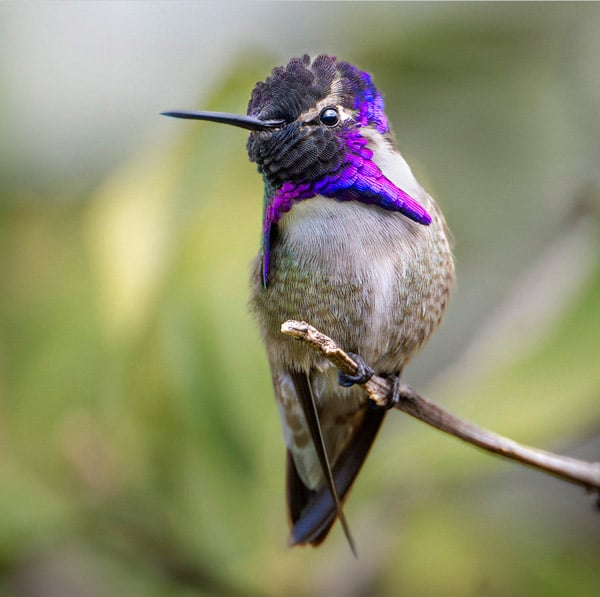Difficulty: Easy to Moderate (Some steeper slopes with possibly some rocky/rooted trails. Mostly drive-stop birding with shorter walks.)
Rising over 6,000 feet above Tucson, Mount Lemmon is the highest peak in the Santa Catalina Mountains at 9,157 feet, and a popular escape from urban life and the Arizona’s dry early-summer heat (before the relief of the cooling monsoon rains). It is also an incredible birding experience and biology lesson. Traversing six life zones, from the Sonoran Desert at the base to mixed conifer forests at the highest elevations, the 25-mile drive up the wide, paved, two-lane Catalina Highway is equivalent biologically to traveling from Mexico to Canada which enables us to see a fantastic mix of woodpecker species. We’ll make a special effort to track down Northern Flickers, Acorn, Ladder-backed, Gila, Arizona, and Hairy Woodpeckers along with a variety of other Southeast Arizona specialties such as Painted Redstart and Red-faced Warblers. A few hummingbird feeders are scattered about our route as well. Combine the birds with temperatures nearly 30 degrees cooler at the top and unparalleled scenery, it is hard to beat the Catalinas in August! Lunch included. Limited to 8 participants.
Arizona Woodpecker by Mick Thompson
